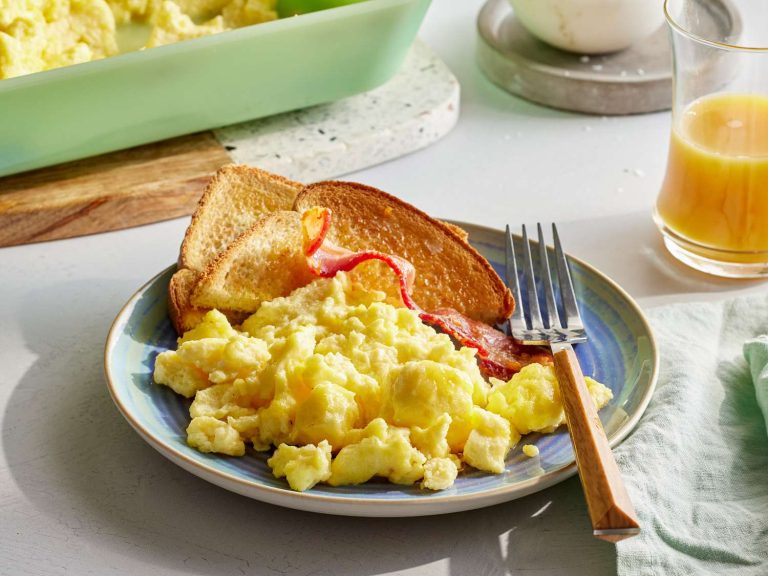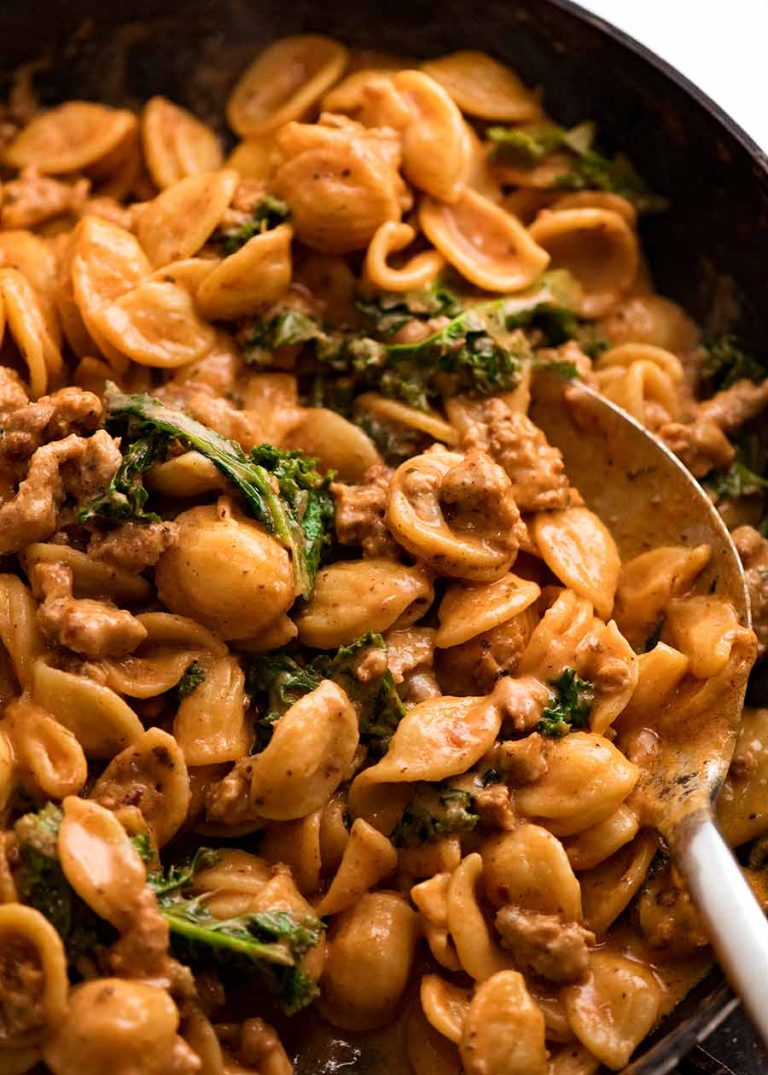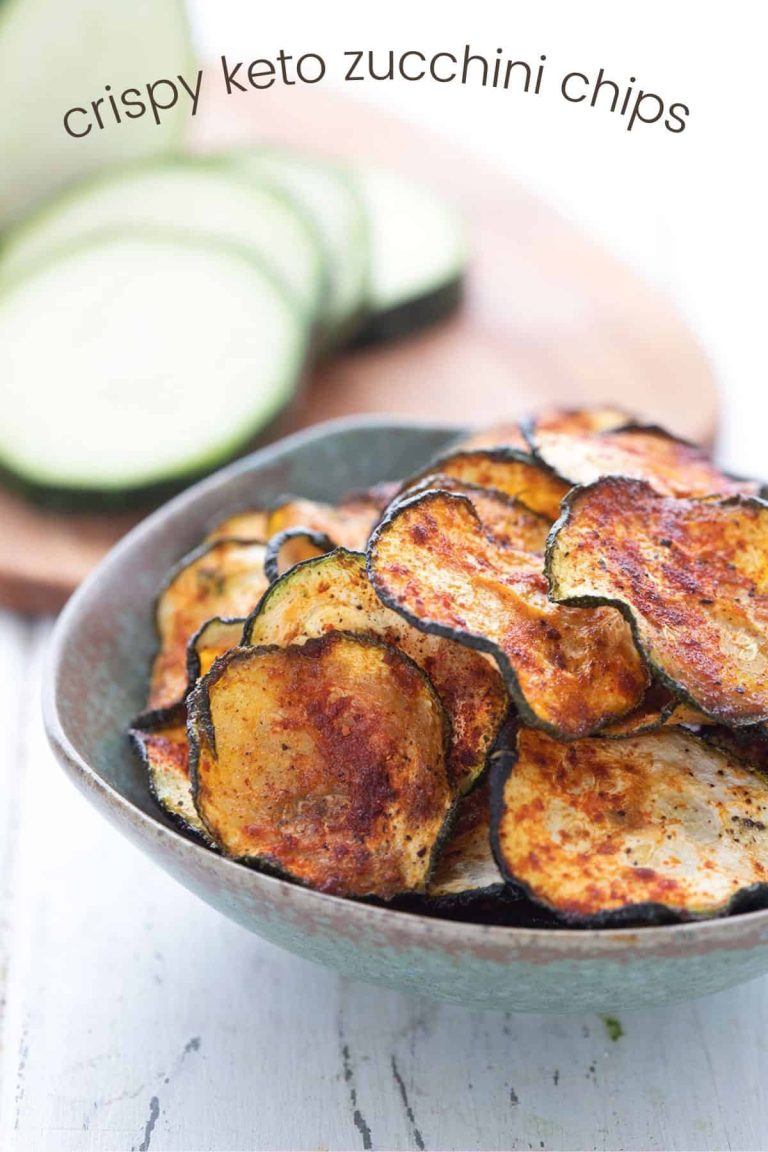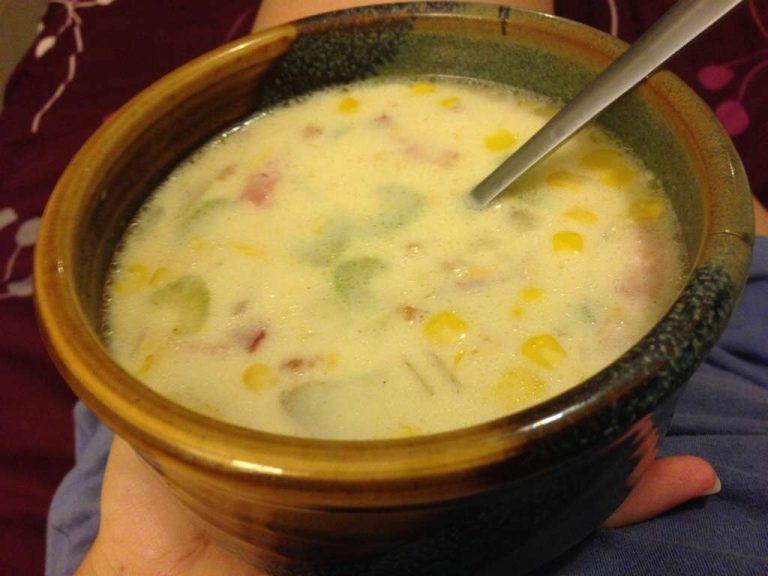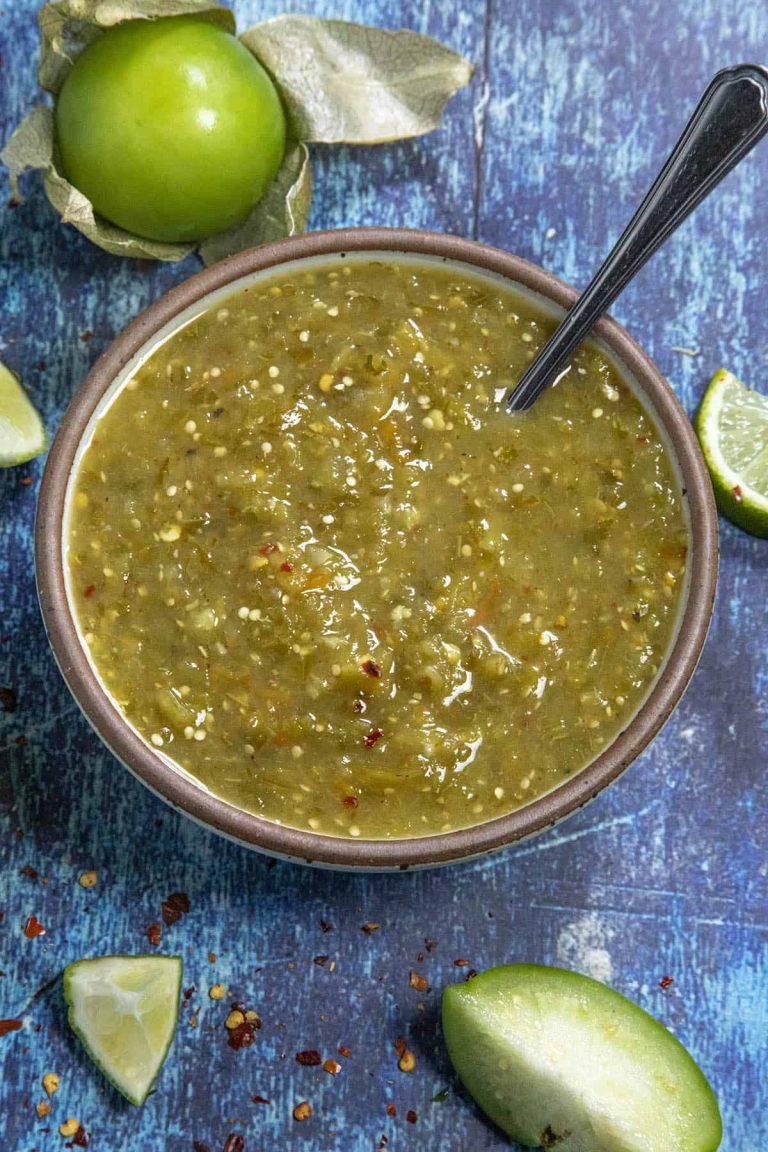Pita Pizza – Perfect for Any Meal Recipe
Pita bread has an ancient history dating back over 4,000 years. Archaeological findings trace its origins to the Middle East, particularly around the Fertile Crescent—an area known for early developments in agriculture. Traditional pita is a round, soft, and slightly hollow bread that puffs up during baking, creating a pocket ideal for filling with various ingredients. It’s versatile and features prominently in cuisines from Greece to Egypt.
How Pita Bread Became a Pizza Base
Using pita bread as a pizza base emerged as a convenient and quick alternative to traditional pizza dough. This practice started gaining traction in modern kitchens due to its simplicity and adaptability. Pita bread’s structure supports various toppings without becoming soggy, making it perfect for a quick meal. Additionally, its slightly chewy texture and mild flavor pair well with both classic and innovative pizza toppings.
Ingredients and Variations
Classic Toppings for Pita Pizza
For classic pita pizza, you usually need a few staple ingredients. Use marinara sauce, shredded mozzarella cheese, and pepperoni. Spread a thin layer of marinara sauce on the pita bread. Sprinkle shredded mozzarella cheese evenly. Add pepperoni slices on top.
Customize with additional toppings like olives, mushrooms, and bell peppers. Use black olives for a Mediterranean twist. Add sliced mushrooms for an earthy flavor. Bell peppers offer a sweet crunch.
Creative Variations to Try
Explore various creative toppings to diversify your pita pizza. Use pesto sauce, feta cheese, and sun-dried tomatoes for a Mediterranean flair. Spread a thin layer of pesto sauce instead of marinara. Crumble feta cheese over the pesto. Garnish with sun-dried tomatoes.
Experiment with BBQ chicken pita pizza. Use BBQ sauce, cooked chicken strips, red onions, and cilantro. Replace marinara with BBQ sauce. Scatter cooked chicken strips and red onion slices. Finish with chopped cilantro.
Veggie lovers can try using hummus, arugula, and cherry tomatoes. Spread hummus on the pita. Add fresh arugula leaves and halved cherry tomatoes.
| Classic Ingredients | Use Case |
|---|---|
| Marinara Sauce | Base sauce |
| Shredded Mozzarella Cheese | Melting cheese |
| Pepperoni | Primary topping |
| Black Olives | Mediterranean flavor |
| Sliced Mushrooms | Earthy flavor |
| Bell Peppers | Sweet crunch |
| Creative Ingredients | Use Case |
|---|---|
| Pesto Sauce | Alternative base sauce |
| Feta Cheese | Mediterranean cheese |
| Sun-Dried Tomatoes | Mediterranean topping |
| BBQ Sauce | Alternative base sauce |
| Cooked Chicken Strips | Protein source |
| Red Onions | Sharp flavor |
| Cilantro | Fresh garnish |
| Hummus | Alternative base sauce |
| Arugula | Fresh greens |
| Cherry Tomatoes | Juicy topping |
The Health Benefits of Pita Pizza
Comparing Nutritional Value with Traditional Pizza
Pita pizza offers a healthier alternative to traditional pizza. A typical slice of traditional pizza can have between 250-350 calories, mainly due to the thick crust and high-fat cheese. In contrast, a serving of pita pizza generally has fewer calories due to the thin, whole-grain pita bread which is lower in calories and carbs.
Pita bread tends to contain more fiber than regular pizza dough. Increased fiber aids digestion and supports overall gut health. Additionally, pita bread often contains less sodium than traditional pizza crust, helping reduce the risk of hypertension.
Dietary Considerations and Modifications
Pita pizza is versatile and caters to various dietary needs. Whole-grain pita provides a good source of complex carbohydrates and fibers, making it suitable for those managing their carbohydrate intake, like individuals with diabetes.
For those following a gluten-free diet, selecting gluten-free pita bread ensures dietary compliance without sacrificing taste. You can also opt for low-fat cheeses or dairy-free options to accommodate lactose intolerance or vegan preferences.
Customization extends to adding nutrient-dense toppings. Incorporating vegetables like spinach, bell peppers, and tomatoes enhances the vitamin and mineral content. Consider lean proteins such as grilled chicken or tofu for added health benefits.
Making Pita Pizza at Home
Essential Tools and Techniques
Creating pita pizza at home requires preparation and specific tools. Gather a baking sheet, a pizza stone if available, and a mixing bowl. Use a sharp knife or pizza cutter for slicing. Preheat your oven to 425°F (218°C) for optimal cooking.
Using pita bread as the base, ensure you choose whole-wheat or gluten-free varieties based on dietary needs. Brush the pita lightly with olive oil to enhance crispiness. Apply toppings evenly, avoiding overloading to ensure even cooking.
- Prepare Ingredients: Lay out pita bread, marinara or pizza sauce, shredded mozzarella cheese, and your choice of toppings. Common options include pepperoni, bell peppers, mushrooms, onions, and olives.
- Preheat Oven: Set your oven to 425°F (218°C) to ensure a crispy base.
- Assemble Pizzas: Place pita on a baking sheet or pizza stone. Spread a thin layer of sauce over each pita, leaving a small border. Sprinkle cheese evenly, then add toppings.
- Bake: Put the baking sheet or pizza stone in the oven. Bake for 10-12 minutes, checking for a golden-brown crust and melted cheese.
- Serve: Remove pizzas from the oven. Let them cool slightly before slicing with a sharp knife or pizza cutter. Serve warm.
This method ensures you enjoy delicious, homemade pita pizzas quickly and easily.
Pita Pizza in Popular Culture
Featured in Media and Recipes
Pita pizza often appears in various cooking shows and online recipe blogs due to its simplicity and versatility. You might have seen it featured on popular platforms like Food Network, where chefs demonstrate quick and easy meals. Pinterest and Instagram are filled with creative pita pizza recipes, shared by food bloggers and influencers, showcasing a wide range of toppings from classic margherita to exotic flavors like Thai peanut chicken.
Popular cookbooks include pita pizza recipes to cater to busy folks looking for quick meals. For example, “The Quick and Easy Healthy Cookbook” features pita pizza as a nutritious option that doesn’t sacrifice flavor. You can find numerous YouTube cooking channels dedicated to easy and healthy cooking techniques, frequently highlighting pita pizza for its minimal preparation time and delicious results.
Its Role in Quick and Healthy Eating Trends
Pita pizza plays a significant role in modern quick and healthy eating trends. High in fiber and low in fat, pita bread serves as a healthier alternative to traditional pizza crusts. You can find pita pizza recipes on health-centric websites and apps, such as MyFitnessPal and Healthline, emphasizing its nutritional benefits.
Meal prep enthusiasts often include pita pizza in their weekly plans due to its ease and variety. You can quickly assemble several pita pizzas using different toppings and store them for later use. This practice aligns with the trend of meal prepping, which focuses on saving time while maintaining a balanced diet.
Health experts advocate for pita pizza as a balanced meal, often recommending it for its ability to incorporate various food groups. By using whole-grain pita, lean proteins, and plenty of vegetables, you can create a wholesome meal that caters to various dietary preferences, from vegetarian to low-carb diets.
Incorporating pita pizza into your diet supports a balanced and sustainable eating approach. It’s a practical and appealing option for those looking to enjoy a customizable meal without compromising on health.
Conclusion
Pita pizza offers a delicious and convenient way to enjoy a healthier version of your favorite comfort food. Its versatility allows you to experiment with a variety of toppings, making it suitable for any palate or dietary preference. Whether you’re looking for a quick meal or a nutritious option, pita pizza fits seamlessly into a balanced lifestyle. Embrace the simplicity and creativity that pita pizza brings to your kitchen and elevate your meal game effortlessly.

